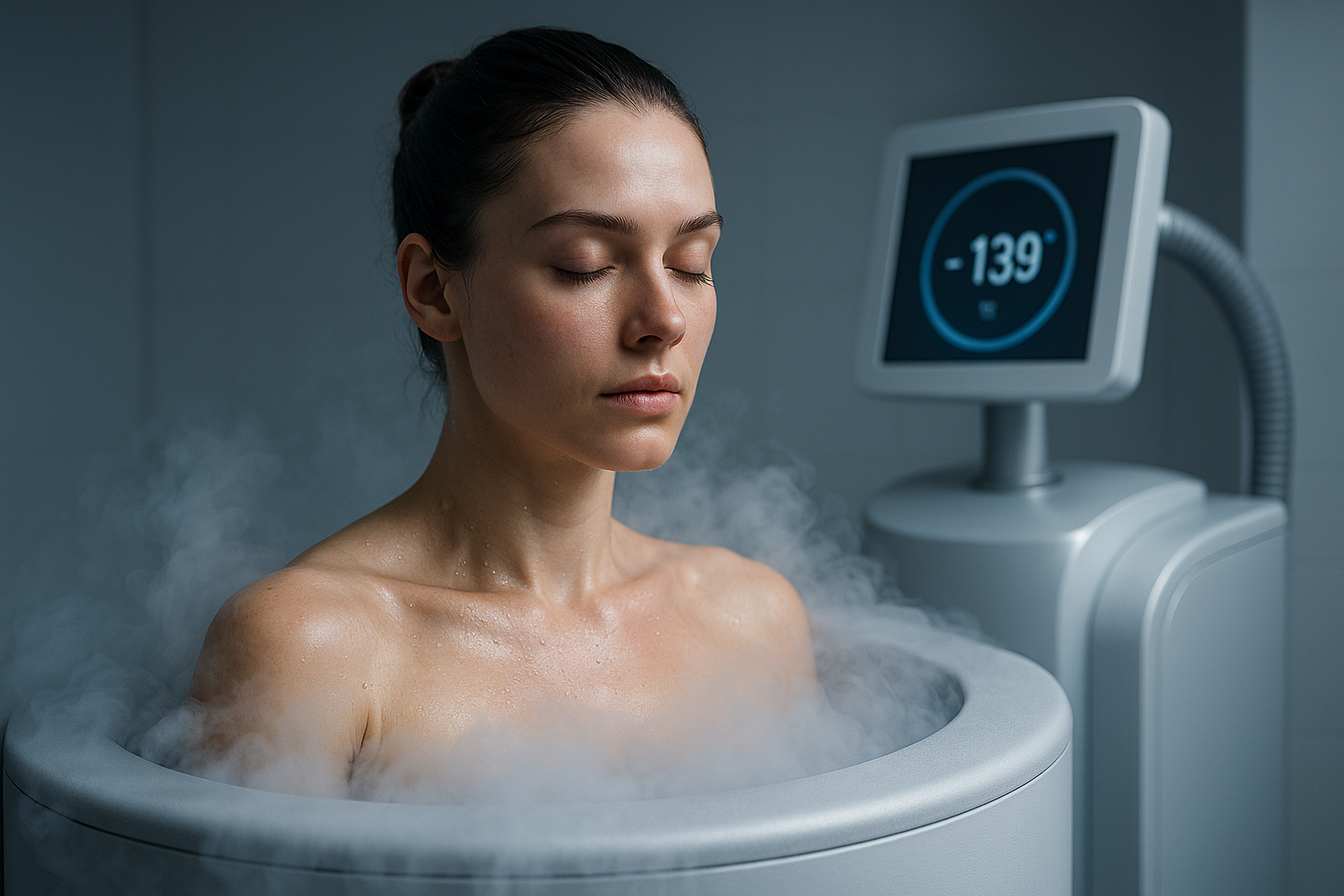Managing Foot Discomfort: Safe Soaking Temperatures and Durations
A foot soak can be a simple, effective way to relieve tired feet, reduce minor swelling, and support relaxation. This short overview highlights how to choose a safe water temperature and appropriate soak length, plus important precautions for people with recent surgery, medications, dental or medical devices, or chronic conditions.

A warm foot soak is a widely used home remedy for foot discomfort, soreness, and mild swelling. Choosing the right temperature and duration matters: too-hot water can damage skin and tissue, while overly long soaks may strip natural oils and increase infection risk. This article explains safe temperature ranges, timing guidelines, and special circumstances to consider before soaking, so you can use this practice effectively and safely.
This article is for informational purposes only and should not be considered medical advice. Please consult a qualified healthcare professional for personalized guidance and treatment.
before a soak: what should you check?
Before soaking, inspect your feet for cuts, blisters, or open wounds and assess circulation and sensation. People who have recently had surgery, dental procedures involving crowns or titanium implants, or who have been in hospital care should speak with their provider before soaking. Conditions that affect feeling in the feet can make it hard to judge temperature; if you have numbness or neuropathy, a soak might cause burns without clear warning. Also consider any recent injections, instrument-based treatments, or the presence of medical devices that could affect healing.
When should a dentist or orthodontist be involved?
It may seem odd to mention dental providers, but interactions with dental treatments can be relevant. If you’ve recently had general anesthesia, extensive dental work such as crowns or braces adjustments by an orthodontist, or procedures requiring antibiotic coverage, coordinate with the dentist or hospital team about any infection risk or medication timing. Some medications given around dental care alter healing or increase sensitivity, and knowing whether to delay soaking until after a recovery window can help reduce complications.
How can medication influence soaking safety?
Medications such as blood thinners, certain supplements, or topical treatments can affect skin integrity and bleeding risk. If you take medication that impairs clotting, or immune-suppressing drugs, limit soak duration and avoid high temperatures to reduce irritation. Supplements touted for circulation should be discussed with your clinician if you plan regular soaking. If you recently received an injection near the foot or ankle, follow the clinician’s guidance before soaking; localized swelling or infection risk requires professional assessment.
Is soaking appropriate after surgery or cataract procedures?
Post-surgical care varies by procedure. For lower-limb surgery, orthopedic work with titanium implants, or hospital stays, follow wound-care instructions: many surgeons advise keeping incisions dry and avoiding full-soak baths until cleared. Although cataract or eye lens procedures do not directly affect foot-soaking, overall recovery protocols or systemic antibiotic timing from any surgery may be relevant. When in doubt, consult the surgical team or return to the hospital or clinic for tailored advice, especially if you notice redness, draining, or increased pain.
Do supplements, healthy eating, or confidence in self-care matter?
Nutrition and supplementation influence skin health and healing. Healthy eating supports circulation and reduces inflammation, which can complement safe soaking routines. Certain supplements may affect bleeding or interact with medications, so discuss them with your provider. Confidence in home self-care grows from clear guidance: if you understand safe temperatures and durations, you can use soaking as part of a wellness plan while avoiding harm.
Soaking for wellness: recommended temperatures and durations
For most healthy adults, warm water between 37°C and 40°C (98.6°F to 104°F) is comfortable and safe; avoid water above 42°C (107.6°F). Start with shorter sessions of 10–15 minutes for the first time and increase only if there’s no irritation, aiming for 15–20 minutes as a common maximum. Elderly people, those with diabetes or peripheral vascular disease, and anyone with reduced sensation should use cooler temperatures and shorter durations. Use a thermometer or test water with your wrist or elbow rather than the feet if sensation is reduced. After soaking, pat feet dry, check skin for changes, and moisturize to restore natural oils—avoid applying topical medications immediately after unless directed.
Conclusion
Foot soaks can relieve minor discomfort when performed with attention to temperature, timing, and individual health factors. Check your feet before soaking, consider recent medical or dental treatments, and discuss medication or supplement interactions with a healthcare professional. Safe soaking supports relaxation and foot health, but when uncertainty exists—especially following surgery, hospitalization, or when medical devices are present—seek personalized medical guidance.






